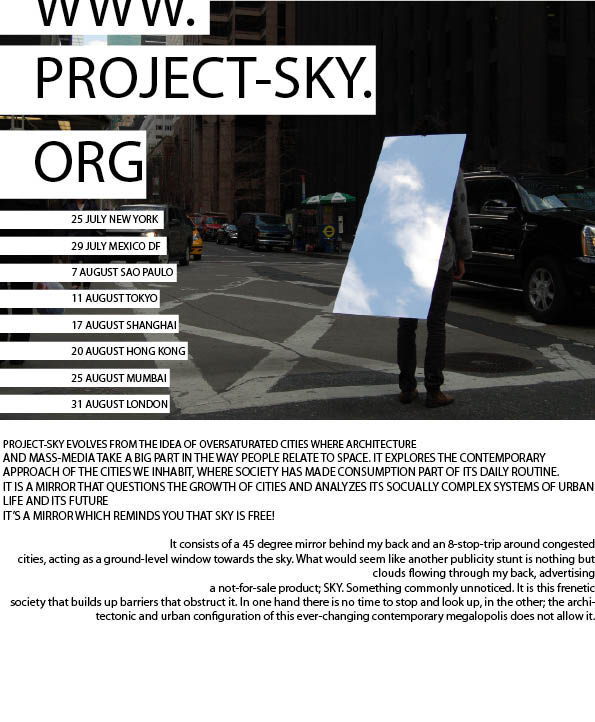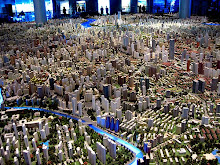
A taxi journey through mumbai (from former Portuguese "Bombay": "nice bay") is an odyssey which perfectly reflects their frenetic everyday life: an endless need for noise which makes the city move. It is all about COMMUTING anyhow through this linear megalopolis; thousands of charming 1960's dilapidated cars, loud auto-rickshaws, rowdy motorcycles, crowded trains, and shabby bikes. And even informal market architecture of bazars is based on that, thanks to the same motorcycles which ensure hanging textile structures against wind.
Related to the linear development of the city, each neighbourhood from the very ancient to the newest, all would try to work independently. However, workers and their lunch boxes must travel kilometres north and southward. The lack of time in mobility generates the role of Dabbawalas, or people who take warm lunch boxes to workers from their wife's kitchen directly into the offices. A complex and extremely accurate delivery system with colours and letters codes.
 Ver mapa más grande
Ver mapa más grande
 Ver mapa más grande
Ver mapa más grandeOverpopulation in Mumbai has to do with traffic and housing. After a meeting with Mr. YATIN PANDYA, architect in Ahmedabad, it became clear that it is by upgrading all existing slums, that the city may evolve - not by destroying existing traditions, nor by replacing them with alien structures, nor by isolating them. Their prime locations must not be relocated. Yatin Pandya strongly believes in connecting existing facilities in different slums by social and physical networks: labour interchange and new sky-walks, roads or bridges, from which also the entire city may profit.
Assuming that vernacular behaviours have still much to teach governmental developments, it is only by observing ways of living, that open urban space can be usefully planned. Indian traditional settlements have always dealt with logic highly dense low-rise buildings. Squares which become cattle stall by the sunrise, turn into motorcycle parking at midday and are filled with eatery stands at dusk, are complex collective spaces requiring high flexibility, as well as dwelling modules do themselves. The COURTYARD cannot be so quickly erased from Indian culture: a place t share, live, cook, rest or work with relatives; a place to enjoy a swing which refresh sweating stiffly afternoons.

Mr. Yatin Pandya
Resting time!































